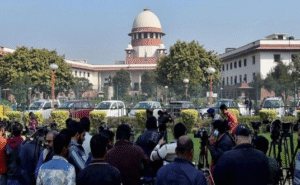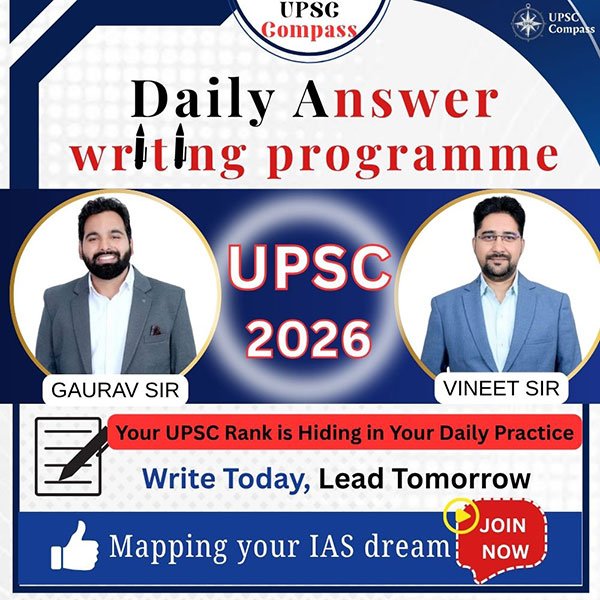
Why in News
-
The Supreme Court recently censured an Allahabad High Court judge for an “absurd” order.
-
This sparked debate over whether the SC can intervene in the internal functioning of High Courts, especially the ‘Master of Roster’ powers of a HC Chief Justice.
-
The incident raised constitutional questions about judicial independence, institutional integrity, and the scope of SC’s powers under Articles 141 and 142.
Background
Incident
-
SC Bench (Justices J.B. Pardiwala and R. Mahadevan) directed that Justice Prashant Kumar (Allahabad HC) be paired with a senior judge.
-
He was also barred from handling the criminal roster till retirement due to an “erroneous” order.
Objection
-
Allahabad HC lawyers and Chief Justice Arun Bhansali objected, calling it interference with the Chief Justice’s administrative powers.
Modification
-
Following a letter from CJI B.R. Gavai, the SC clarified that it did not intend to undermine the Chief Justice’s ‘Master of Roster’ authority.
Key Constitutional and Judicial Principles
Master of the Roster principle
-
Exclusive authority of the Chief Justice (SC or HC) to constitute benches and allocate cases.
-
Key judgments:
-
State of Rajasthan vs. Prakash Chand (1998) – Only CJ can decide judge-case allocation.
-
State of Rajasthan vs. Devi Dayal (1959) – HC CJ decides composition of single/division benches.
-
Mayavaram Financial Corporation (Madras HC, 1991) – CJ has inherent powers for judicial business allocation.
-
SC’s hierarchical role
-
Article 141 – Law declared by SC is binding on all courts.
-
Article 142 – SC can pass orders to ensure “complete justice”.
-
Tirupati Balaji Developers Case (2004) – SC is the “elder brother” in judicial administration but has no power of superintendence over HCs.
Judicial independence vs. oversight
-
HCs are independent constitutional bodies.
-
SC can intervene in rare cases where the rule of law is threatened.
Issues Raised
-
Scope of SC powers to give administrative directions to a HC CJ on roster allocation.
-
How to maintain judicial discipline without undermining HC autonomy.
-
Use of Article 142 for preventive action to avoid repeated judicial errors.
-
Balancing hierarchy with independence within the judiciary.
In-House Mechanism vs. Public Reprimand
Formal process
-
Impeachment (Parliament) for serious misconduct or incapacity.
-
In-house inquiry for lesser issues.
SC’s move
-
Issued a public directive in open court instead of a confidential procedure.
-
Action was corrective (pairing with senior judge, removing criminal roster) and not punitive removal.
Way Forward
-
Clear guidelines on when SC may step into HC administrative functions.
-
Strengthening in-house mechanisms to address judicial conduct discreetly.
-
Mentorship and training for judges to avoid repeated mistakes in sensitive cases.
Conclusion
-
The ‘Master of Roster’ principle safeguards judicial independence but is not an absolute shield.
-
SC’s Article 142 powers allow exceptional corrective steps, but such actions must avoid weakening High Court autonomy.




